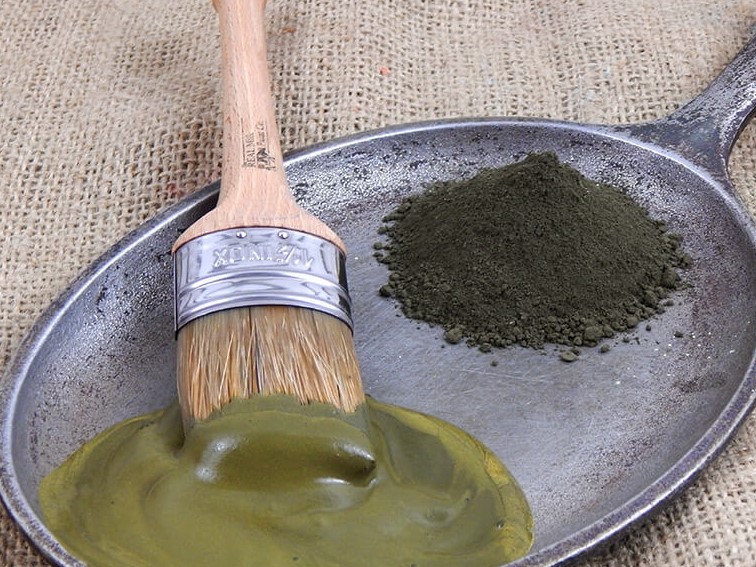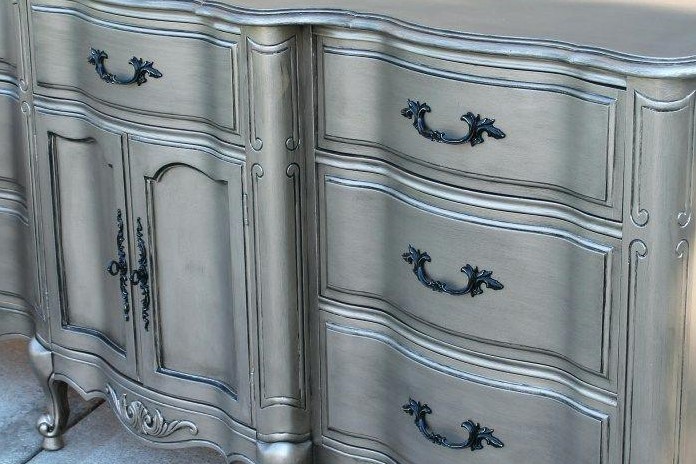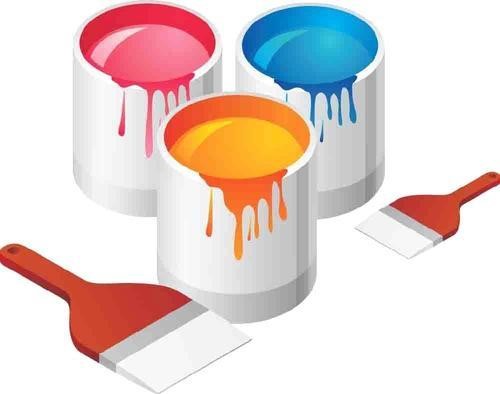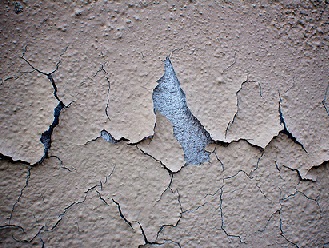One Brush Is Never Enough
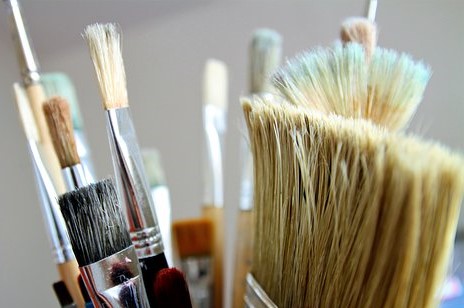 Paint brushes come in a variety of sizes, bristle and handle types. Think all brushes are pretty much the same? Think again. A good brush holds more paint than a cheaper one and will make application easier and faster.
Paint brushes come in a variety of sizes, bristle and handle types. Think all brushes are pretty much the same? Think again. A good brush holds more paint than a cheaper one and will make application easier and faster.
Brush Bristles
There are basically three types of brushes: natural-brushes, polyester brushes, and nylon/polyester brushes. Each brush performs differently depending on the type of paint it’s used with.
Natural-bristle
These brushes are made with animal hair and are best used with oil-based paints, varnishes, and other oil-based finishes. The natural splitting on the tips of these brushes are designed to hold more paint and create a smooth finish.
Polyester bristle
It’s best to use polyester bristle brushes with latex paints, but they hold their shape well when used with any paint and produce a smooth, even finish.
Nylon/polyester blend bristles
The mixture of bristles makes these brushes easy to clean and flexible enough to work with any type of latex paint. Nylon/polyester brushes are durable and keep their shape after continued use. If cared for properly, these brushes can last for years.
Size Does Matter
Choose the brush size depending on what you’ll be painting. A general rule for size is one to two inches for windows and other trim; three inches for gloss paints on doors and cabinets; four inches for large, flat areas. In addition to size, consider the shape of the brush. Slanted brushes create straight lines in corners and on edges, while square edge brushes are good for applying paint on large, flat areas.
Maintenance
Make your brushes last a long time by properly maintaining them after each use. Latex paint cleans up in warm water, while oil paint needs to be cleaned with a solvent. When cleaning a brush after using latex paint, hold the brush under warm running water, spread the bristles, and push them against the bottom of the sink to clean brush from tip to handle. For oil paint, swish the brush from side to side in the solvent to remove paint. Use a fresh container of solvent for the final rinse. Dry brushes flat to maintain the proper shape and never store brushes with the bristle end down.
The technicians at University Painters use the finest equipment to produce quality results all around your home. Call or go online to schedule an appointment today.

